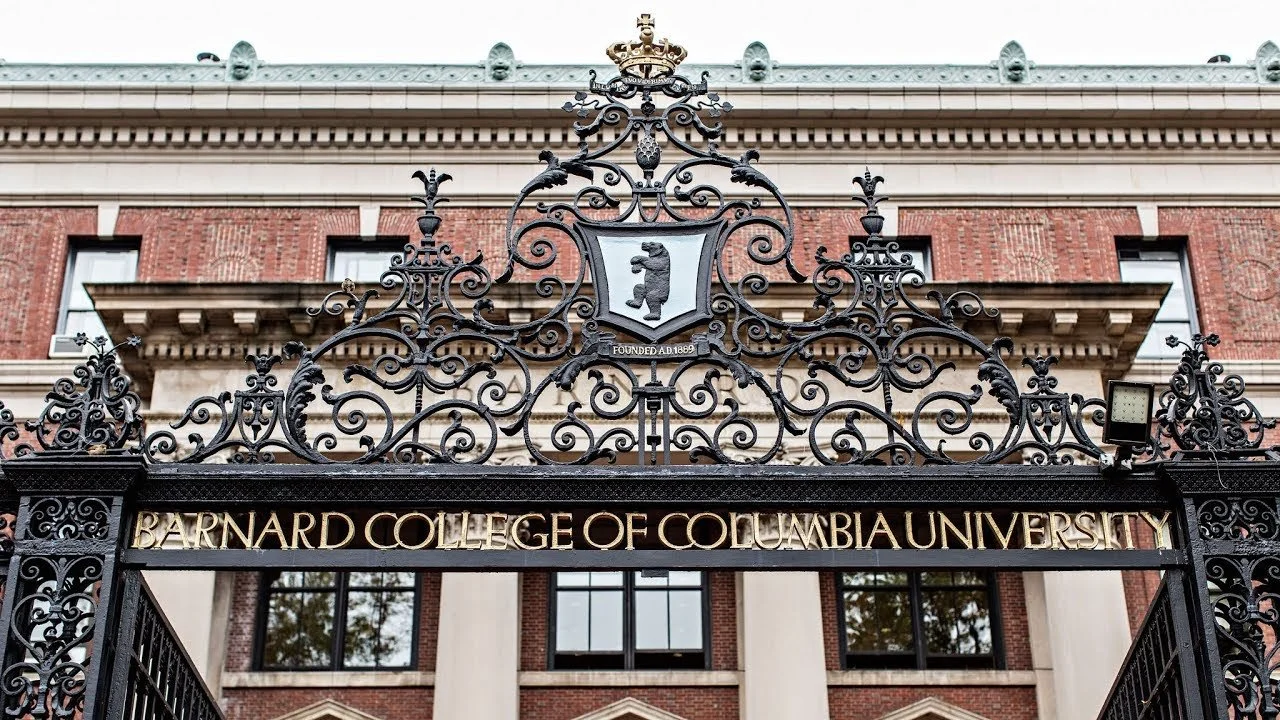A Corporate Funder Finds a Way to Get Teens Jazzed About STEM and Scales It Up in a Big Way
/Photo: best buy corporate
Best Buy recently pledged $30 million to dramatically expand its 11 Teen Tech Centers to more than 60 in the next three years. The philanthropic arm of the consumer electronics store also plans to extend its internship and professional mentorship opportunities. The expansion is a part of its goal to reach 1 million kids a year by 2020.
Best Buy has been focusing its philanthropy on tech-based after-school programs for teens since 2012. The work is guided by the principle that access to technology creates opportunity. The company no doubt hopes to benefit from a tech-savvy workforce and consumer base, but emphasizes that it hopes to help young people find better jobs and inspire future innovators to invent the gadgets that line their shelves.
The story of how Best Buy moved into this niche is an encouraging one for nonprofits looking for strong corporate partners. When the company decided to help teens build tech skills, it looked around to see what organizations were already tackling that challenge. Those explorations led it the Clubhouse Network, an organization that has been engaging young people with technology for over 20 years using a learning model developed by MIT Media Lab. Rather than invent something new from scratch, Best Buy teamed up with the Clubhouse Network to create the Teen Tech Centers, and this partnership has endured.
Gail Breslow, the executive director of the Clubhouse Network, told Inside Philanthropy that her group is thrilled to collaborate with Best Buy. “I’ve worked with many corporate partners over the past 20-plus years, and Best Buy stands out." She praised the company for “knowing what they know and what they don’t know.” Breslow said, “Early on, they were quick to say, we have this idea (of a teen tech program), but that’s not what we know how to do—let’s go find someone who does. They’re very clear on what their core competencies are, and what are ours."
This is how relationships between funders and nonprofits should work: Grantmakers don’t go out and reinvent the wheel; they back groups already working a problem. And when partnerships are formed, each side understands and respects what the other brings to the table. In particular, grantmakers don’t abuse the power of the purse to overreach into areas outside the scope of their knowledge and skills.
Breslow said that Best Buy stands out in another way: It’s been “sincerely willing—eager, actually—to bring others to the table,” she says, including additional corporate funders. Although private foundations collaborate all the time, this is less common among corporate philanthropies looking to maximize PR gains from their initiatives. But Best Buy has been proactive in trying to broaden support for the Teen Tech Centers. Sony Electronics co-sponsors the Teen Tech Center in San Marcos, California. And Electronic Recyclers International, Inc. is co-sponsoring a new Teen Tech Center in New York City.
That said, Best Buy remains the dominant funder of the Teen Tech Centers. And, according to Breslow, it’s expanding support for this work because the centers are having traction with young people. As we report often, corporate foundations support a wide array of efforts aimed at boosting the STEM skills of young people at a time when many companies are struggling to fill jobs that require such skills, especially with candidates from diverse populations. Boosting the tech chops of kids who might otherwise end up in dead-end, low-wage jobs offers a promising way to expand opportunity and also to help employers find the workers they need to expand. It's a win-win.
But there’s been a lot of trial and error when it comes to helping young people build STEM skills. Some funder-backed initiatives have fizzled. Breslow said that the Teen Tech Centers, which are hosted by institutions that can reach underserved youth such as libraries and Boys and Girls Clubs, were an early hit because kids really liked them. They “vote with their feet to come.”
The Clubhouse model is quite different from other approaches to STEM education. “Best Buy Teen Tech Centers are not your average after-school computer labs. There aren’t classes where teens are taught by adults," Breslow said. “Rather, teens are empowered to work on STEM-rich projects based on their own ideas and interests. They work collaboratively with peers and adult mentors who serve as role models. The result is that most kids come several times a week and stay involved for years. It truly becomes like a second home for these teens, and many say it changed their life.”
The Teen Tech Centers have similarities to Makerspaces, another approach to bolstering STEM skills among tomorrow’s workers that has intrigued funders. The labs give lots of latitude to kids to experiment in their own ways with technologies such as 3-D printers.
Related: Can Funding Makerspaces Make STEM Cool?
Best Buy’s five-fold expansion of its Teen Tech Centers could be good news for a range of nonprofits that may receive grant money, as the network grows to 60 locations across the U.S., Canada and Mexico. The company’s foundation maintains two grant programs: community grants and national grants. Community grants go to nonprofits working locally or regionally and tend to range from $5,000 to $10,000. The national grants are bigger, usually in the $100,000 to $200,000 range, and go to organizations with work spanning several cities. Since 1999, the Best Buy Foundation has made more than $333 million in grants to local and national non-profit partners.
Best Buy is one of the few funders with an enduring emphasis on after-school learning, in a time when federal funding of such programs seems uncertain. The Trump Administration has proposed to cut funding drastically for 21st Century Community Learning Centers, the federal program that supports after-school programs for more than 1.5 million children across the country, most of them living in poverty. While it appears unlikely that the cuts will happen this year, such funding remains vulnerable and, over the long term, the importance of private funding in this space is likely to only increase.
Related:







































